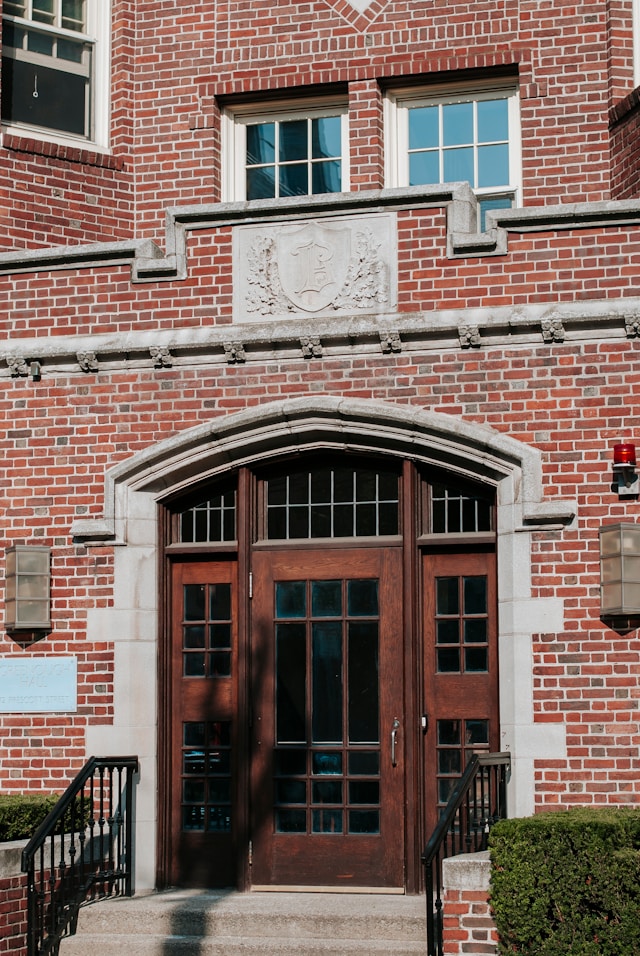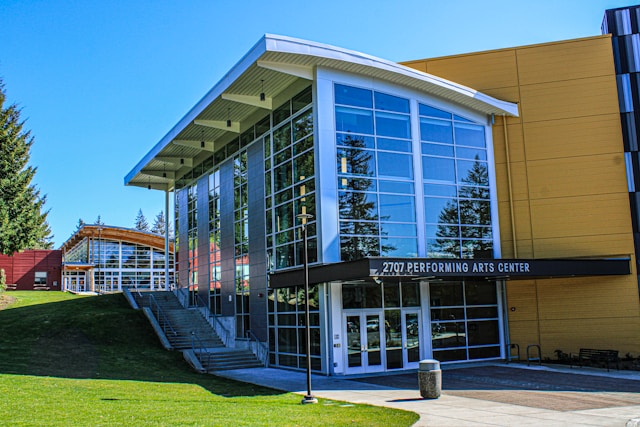
Deciding on a new school is no small task; the layers of considerations, from academic programs to social environment, require a discerning eye and a bit of strategic thinking. Here, we delve into the nuances of evaluating potential schools, offering up a fresh perspective on spotting both the promising signs, and recognizing the concerning ones.
Beyond the Brochure: Unveiling the True Character of a School
While impressive brochures and polished websites are common, they often mask the reality of everyday life within their halls. A deeper investigation into the school’s culture can be more revealing than its marketing materials. So, engage with the community; talk to parents at the school gates and peruse local forums – their firsthand experiences can provide a mosaic of insights that no pamphlet can hope to match.
Academic Excellence: More Than Just Test Scores
Scores and statistics often dominate discussions about academic quality, but they paint an incomplete picture. To gauge the intellectual vitality of a school, attend a few classes; observing teachers in action, the interaction between students and instructors, and the overall classroom environment tells a far richer story than numbers ever could.
Faculty Engagement: The Heartbeat of Educational Success
Teachers are the cornerstone of any educational institution. A school with a high turnover rate among teachers might signal underlying issues, such as poor management or inadequate resources. During school visits, ask about professional development opportunities and teacher satisfaction – these factors often translate directly to the quality of education and student engagement.
Facilities: The Silent Communicators of School Values

The state of a school’s facilities reflects its priorities and values. Well-maintained sports fields, art studios, and science labs show a commitment to comprehensive student development; conversely, neglected and outdated facilities might indicate financial struggles or a lack of investment in student growth.
Safety First: Crafting a Sanctuary for Learning
The priority any educational institution places on safety speaks volumes about its culture and governance; a school that holistically addresses safety creates an environment where learning can truly flourish without the overshadowing threats of harm or disruption.
Proactive Security Measures
Modern schools often equip themselves with comprehensive security systems that include cameras, controlled entry points, and on-site security personnel. These visible measures are crucial not only for deterring potential external threats, but also for fostering an atmosphere of safety that can ease the minds of students and their families.
Vape Detectors
A specific area of concern that has emerged prominently in the past few years is student vaping. Schools are responding by installing vape detectors in areas where students are likely to use these products, such as bathrooms and locker rooms. These detectors are designed to sense the vapor from e-cigarettes, triggering an alert to the administration. Beyond the immediate detection capability, these devices also serve as a deterrent, reducing the incidence of vaping on campus. By implementing such technology, schools are actively addressing health risks associated with vaping, which include nicotine addiction and exposure to harmful chemicals.
Bullying Prevention and Cybersecurity
Bullying remains a critical issue that can profoundly affect a student’s health, well-being, and academic performance. Effective schools adopt zero-tolerance policies towards bullying and implement programs that promote kindness, inclusivity, and conflict resolution. In the digital realm, cybersecurity measures and policies protect students from cyberbullying and ensure safe use of technology; workshops and training sessions that educate students about digital citizenship are also vital components of a modern educational institution.
Emergency Preparedness
Comprehensive emergency plans that include regular drills for situations like fires, earthquakes, and lockdowns are essential for preparing both staff and students for potential emergencies. These plans, when practiced regularly, ensure that everyone knows how to act swiftly and safely in crisis situations.
Supportive Environment
Finally, a safe school environment extends beyond physical and digital security into emotional and psychological safety. Support structures, such as counseling services, peer support groups, and accessible communication channels with trusted staff members, ensure that students have avenues to express concerns and seek help.
Inclusion and Diversity: Mirrors of Modern Educational Standards
A truly forward-thinking school embraces diversity – not just in terms of demographics, but in thought, expression, and opportunity. Investigate the school’s inclusion policies, support systems, and extracurricular activities to ensure they align with a modern educational philosophy that values every student’s background and potential.
Feedback and Communication: Pathways to Partnership
Regular, transparent communication between the school and its families is essential; how the administration handles feedback and involves parents in decision-making processes can significantly affect a child’s educational experience. Schools that foster a collaborative environment typically see higher satisfaction levels among both students and parents.
Charting the Course: Decisive Factors for Enlightened Choices
Choosing the right school is akin to charting a course for your child’s future, and involves careful navigation through a sea of information and intuition. Remember, the best decisions often come from observing the subtle interactions and asking the right questions – elements that reveal the true spirit of a school. Whether you encounter red flags or green lights (or most likely, an assortment of both), each observation brings you closer to a decision that feels not only informed, but right.
